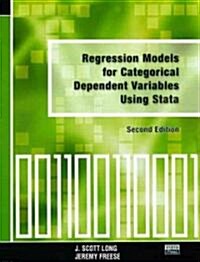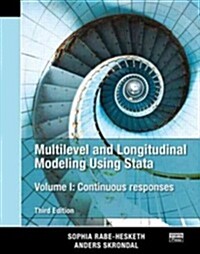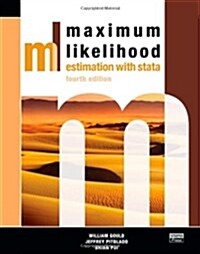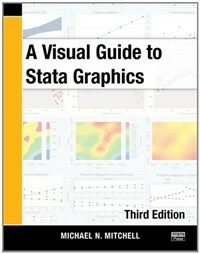
Interpreting and visualizing regression models using Stata
- 판사항
- First edition
- 발행사항
- College Station, Tex: Stata Press, 2012
- 형태사항
- xxviii, 558 p. : illustrations ; 24cm
- ISBN
- 9781597181075
- 청구기호
- 413.8 I61
- 서지주기
- Includes bibliographical references (pages [545]-547) and indexes
소장정보
| 위치 | 등록번호 | 청구기호 / 출력 | 상태 | 반납예정일 |
|---|---|---|---|---|
이용 가능 (1) | ||||
| 1자료실 | 00015089 | 대출가능 | - | |
- 등록번호
- 00015089
- 상태/반납예정일
- 대출가능
- -
- 위치/청구기호(출력)
- 1자료실
책 소개
Michael Mitchell's Interpreting and Visualizing Regression Models Using Stata is a clear treatment of how to carefully present results from model-fitting in a wide variety of settings. It is a boon to anyone who has to present the tangible meaning of a complex model in a clear fashion, regardless of the audience. As an example, many experienced researchers start to squirm when asked to give a simple explanation of the applied meaning of interactions in nonlinear models such as logistic regression. The tools in Mitchell's book make this task much more enjoyable and comprehensible.
Mitchell starts with simple linear regression (which is simple in all ways), and then adds polynomials and discontinuities. This is followed by 2-way and 3-way interaction until interpretation of coefficients through words is difficult. By careful use of Stata's marginsplot command, Mitchell shows how well graphs can be used to show effects. He also includes careful verbal interpretation of coefficients to make communications complete. He then extends the methods from linear regression to various types of nonlinear regression, such as multilevel or survival models.
A significant difference between this book and most others on regression models is that Mitchell spends quite some time on fitting and visualizing discontinuous models' models where the outcome can change value suddenly at thresholds. Such models are natural in settings such as education and policy evaluation, where graduation or policy changes can make sudden changes in income or revenue.
This book is a worthwhile addition to the library of anyone involved in statistical consulting, teaching, or collaborative applied statistical environments.





